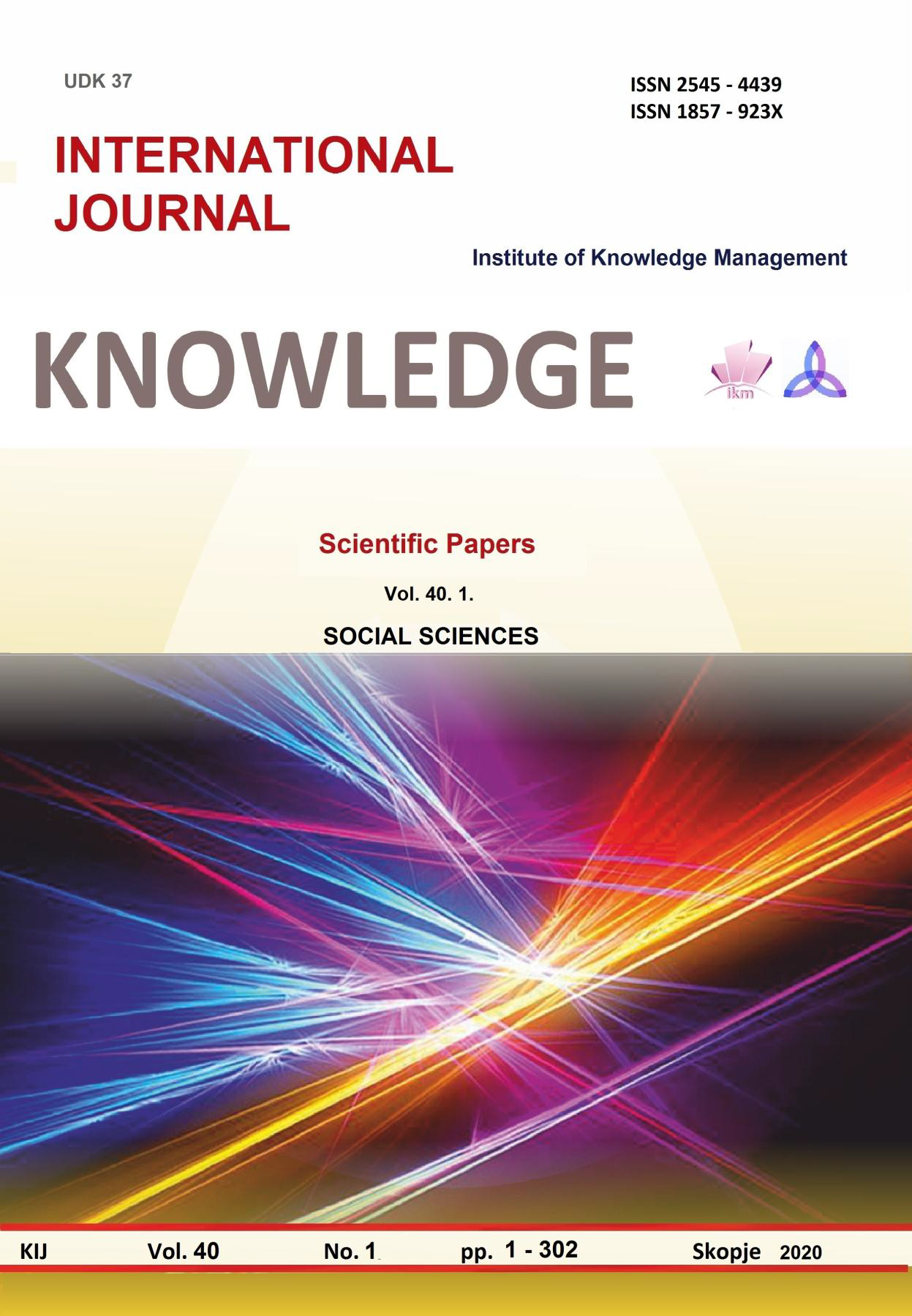EKONOMIJA ISKUSTVA I VIRTUALNA TEHNOLOGIJA
EXPERIENCE ECONOMY AND VIRTUAL REALITY
Author(s): Marija Dragicevic CurkovicSubject(s): Social Sciences
Published by: Scientific Institute of Management and Knowledge
Keywords: virtual technology; experience economy; Pine and Gilmore model; empirical research
Summary/Abstract: According to the Pine and Gilmore (1999) there are four realms or dimensions of experience are classified into four domains or ‗4ES‘. The four domains are: Entertainment, Educational, Esthetic and Escapist. Entertainment component refers to occupying a persons‘ attention agreeably. The Educational component refers to the consumers‘ active participation through interactive engagement of one‘s mind or body and it increases skills and knowledge. Esthetic component refers to the consumers‘ passive appreciation and does not alter the nature of the environment. The consumer is immersed in or surrounded by the environment. Esthetic experiences entail customer enjoyment of an enriched physical design. The customer enjoys passively appreciating or ―just being in a setting‖ of the business. Escapist element refers to the consumer active participation. He is immersed in an actual or virtual environment. The goal of the paper is to present the results of the primary research which has been carried out at University of Dubrovnik, Department of Economics and Business and refers to the students' perceptions towards virtual technology (VR) application in higher education and influence of virtual technology on their experience, based on Pine and Gilmore model. According to the results of the research it is visible that students have positive attitudes towards different types of virtual realities and experiences vary based on the student‘s active or passive participation and on absorption or immersion in the experience
Journal: Knowledge - International Journal
- Issue Year: 40/2020
- Issue No: 1
- Page Range: 33 - 37
- Page Count: 5
- Language: English, Croatian

